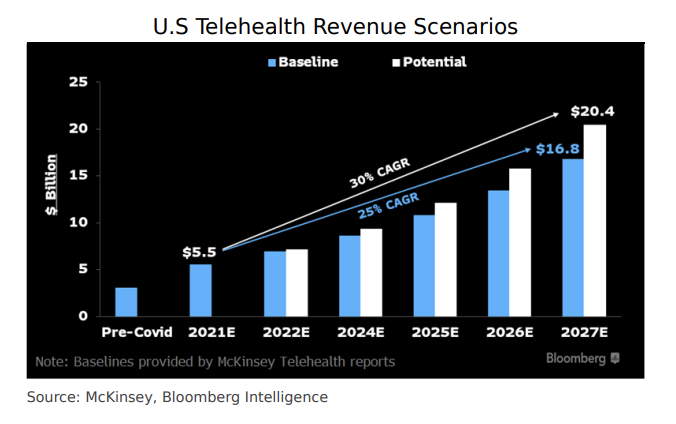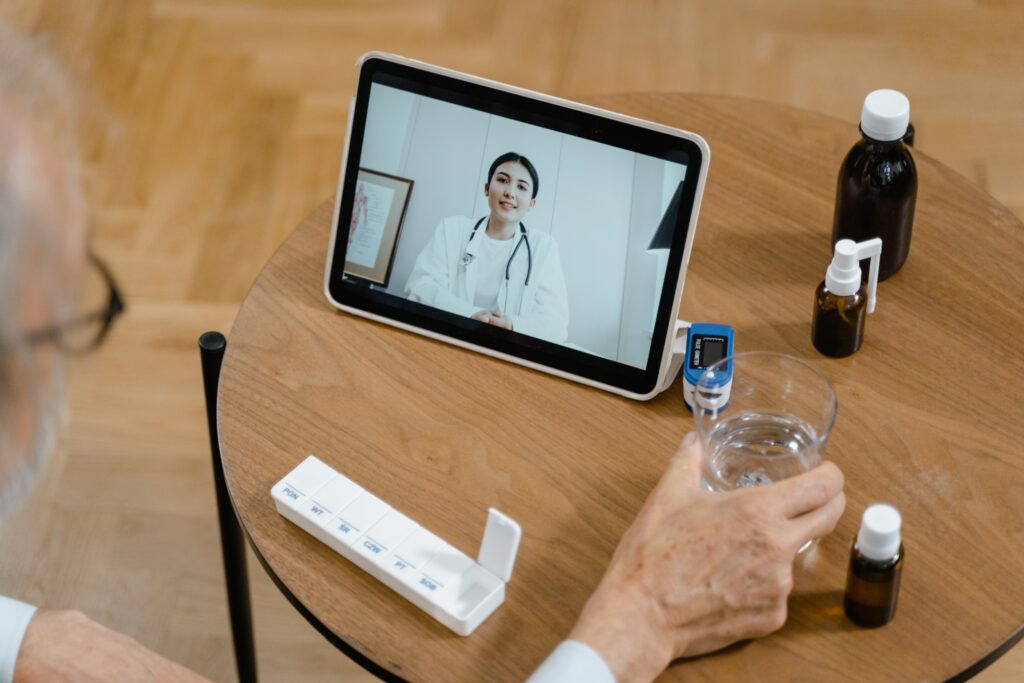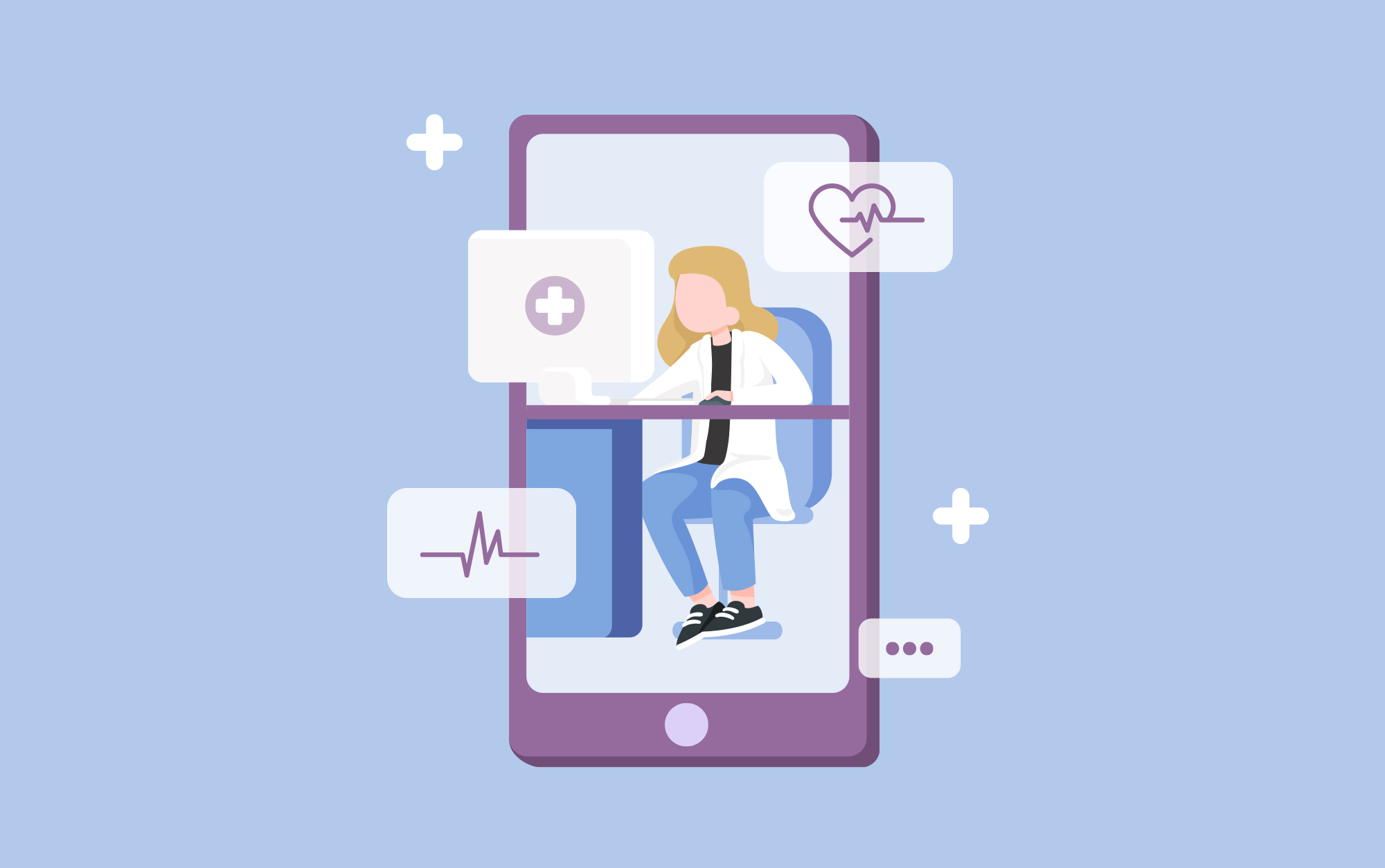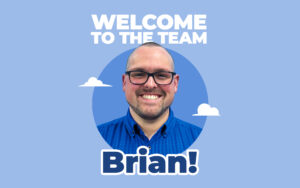There is no doubt that health tech has increased access to healthcare for patients across the world. Today, April 7th, marks World Health Day. On this day, medical providers and the World Health Organization (WHO) draw attention to a specific health concern for people all over the world. WHO themed this year “Health For All” to highlight the efforts providers must take with mobile health solutions to increase access to care for everyone, everywhere.
Remote care is continuing to rise in popularity. The COVID-19 pandemic created a digital transformation, making video calling and remote monitoring the new norm for healthcare providers in delivering care. According to Bloomberg Intelligence, the telehealth sector is estimated to bring in $20 billion in U.S. revenue by 2027, making virtual care a “staple” of healthcare delivery. This rapid growth has shaped the demand for tools that can add greater efficiency to the delivery of care. This ultimately presents a high-margin revenue for telecommunications service providers. With industry walls being increasingly fluid, how can telecom providers take part in this growth and move towards health for all?

History of Telehealth and Health Tech
Telehealth is not a new concept; it has been around for several years. In fact, in the 1960s and 70s, the Public Health Department, NASA, the Department of Defense, and the U.S. Health and Human Services Department had all invested time and money in research for telehealth. Since that investment, reservation-based Native Americans and even space-bound astronauts can get access to medical care via health tech thanks to Indian Health Services and NASA. You can read more about telehealth’s in-depth history here.
How has health tech improved healthcare?
Patients and clinicians have seen the benefits of health tech take play during the COVID-19 pandemic. When COVID-19 hit, healthcare providers knew they needed a way to keep their patients and staff safe. From this, telehealth calls were created, connecting doctors and patients over video chat from the comfort of their own homes. In a market research report, “Telemedicine reached the 80% adoption mark overall, becoming the preferred channel for prescription care and minor illness” (rockethealth.com). Mobile health solutions have increased patient demand for video consults with their doctor, remote monitoring, and much more.
In a Bloomberg Intelligence report, the authors explain that telehealth visits could reach 15% of total outpatient visits within three to five years. Fast, more affordable care delivery for patients, reduced solution costs, and new revenue streams are just some advantages that are growing in the space of mobile health solutions. Below is a graph from Bloomberg showing the revenue growth of telehealth for the next four years.

Taking Action on Mobile Health Solutions
With COVID-19 nearing the endemic stage, digital health is completing its transition. It has transformed from an emerging concept to a routine part of patient-care delivery. Telecom companies are excellently positioned to take advantage of this change and the growing market in health tech. Customer demand for telehealth is heavily reliant on telecoms’ communication infrastructure. Without a reliable communication platform, healthcare professionals are unable to communicate effectively and securely with their patients. From the enhanced communication capabilities between hospitals, doctors’ offices, and pharmacies to the major cost savings, it is a no-brainer that healthcare professionals are eager to take advantage of all that Unified Communication as a Service (UCaaS) solutions have to offer.

However, it is important that healthcare professionals choose a phone company and mobile health technology that is HIPAA compliant. Luckily, telecoms are used to dealing with data, and data-related risks are already top-of-mind for telecoms. It is essential to ensure that electronically stored files are safeguarded. These files can include voicemails, recorded phone calls, and faxes. Clinicians must seek phone companies, like Level365, that are HIPAA compliant. What does this look like? I’m so glad you asked…
HIPAA Compliance
Level365 remains HIPAA compliant in various ways. This means we adhere to the physical, administrative, and technical safeguards outlined in HIPAA. For example, when a user is sent a voicemail, it is transcribed and sent to their email. To remain HIPAA compliant, Level365 emails the voicemail as a link that is password-protected to ensure the voicemail reaches the correct recipient. In addition, Level365 has single sign-on (SSO) and multi-factor authentication (MFA) to add an additional level of security to your accounts. Some other benefits of health services utilizing Level365, a cloud-based voice over Internet Protocol (VoIP) phone system, include:
-
- Increased scalability and reliability
-
- Advanced features such as after-hours call routing, e-faxing, and spam protection
-
- Improved integration with other systems, such as faxing servers and electronic health records
-
- Elimination or significant cuts in the cost of hardware cost
-
- Streamlined efficiency
-
- Top-of-the-line customer service
Telecommunications will continue to be a key foundational element to healthcare innovation and mobile health solutions for many years to come. As healthcare providers shift to more hybrid and remote services, this has become a prospect of growth for telecoms to take a more commanding role in the healthcare industry and move towards Health For All.




